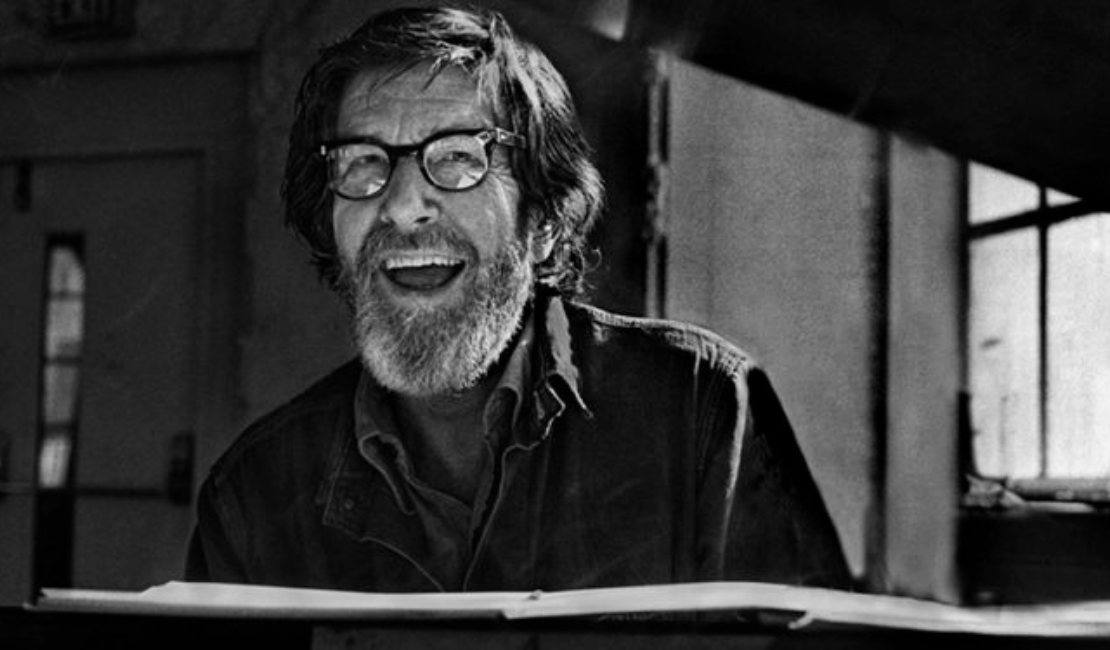Dance Floor Possibilities with John Cage

A leading post-war avant-garde composer, John Cage was hugely influential to the development of modern dance as we know it today.
While Cage is best known to dance audiences as the partner and primary collaborator of choreographer Merce Cunningham, the Cage catalog has been used by a variety of choreographers in a variety of styles including Trisha Brown, Martha Graham, Pearl Primus, and Paul Taylor. Most recently, his Three Dances (for prepared piano) was set to new choreography by Lucinda Childs, commissioned by and for the Gibney Dance Company.
Cage invented the prepared piano and pioneered percussion music; he was deeply influenced by East and South Asian culture; his best-known work composition is 4’33”, a piece from 1952 devoid of any deliberate sounds from its performers.
With Cage’s music remaining an inspiration for movement, Edition Peters and the Wise Music Group are pleased to highlight several of his works below, all off the beaten path and perfect for new dance. These works and others have been compiled into a Spotify playlist, which we hope inspires more wonderful dance for decades to come.
Selections from Amores (1936)
Around 9 minutes
This interesting suite of dances includes music for prepared piano, tom toms and rattle, and woodblocks, perfect for short dance variations. The first and fourth movements were used by Cunningham, but the complete suite has yet to be choreographed.
Around 15 minutes
Third Construction is a formal masterpiece with a variety of textures and tones for a percussion quartet. It is perfect for a choreographer looking for a good beat and a changing rhythmic dynamic.
Around 15 minutes, in 9 sections
Cage composed The Seasons in 1947 for a commission for Lincoln Kirstein and George Balanchine’s Ballet Society. His first piece for orchestra, the ballet featured choreography by Merce Cunningham (now lost) and costumes by Isamu Noguchi. This gem of a one-act ballet divided into nine movements is dying for a reimagining.
Around 8 minutes
Hans van Manen created his Kammerballett to In a Landscape in 1995, and it remains a popular piece with choreographers, most recently with New York City Ballet’s Albert Evans. The soft solo piano gives this piece an irresistibly dreamy quality.
Organ2/ASLAP (As Slow as Possible) (1987)
Around 20 to 70 minutes…or years…
The performance of this much-discussed piece for organ is supposed to literally be played as slow as possible, with one current performance beginning in 2001 and not slated to be completed until 2072! For occasions where a shorter performance is observed, the piece offers an ever-changing kaleidoscope of organ sounds for choreographers looking for dissonant ambience.
5 minutes
This otherworldly sonic scape varies slightly performance to performance, with some degree of change into the musical score. What the piece offers is a sound bath of voices, ethereal and resonant, possibly the closest thing to an authentic siren song in written music.
Around 7 minutes
A stunningly beautiful choral work that carries an ever-changing drone of voices. A choreographer could superimpose any rhythmic dynamics while being supported by the vibrant and soaring voices.
